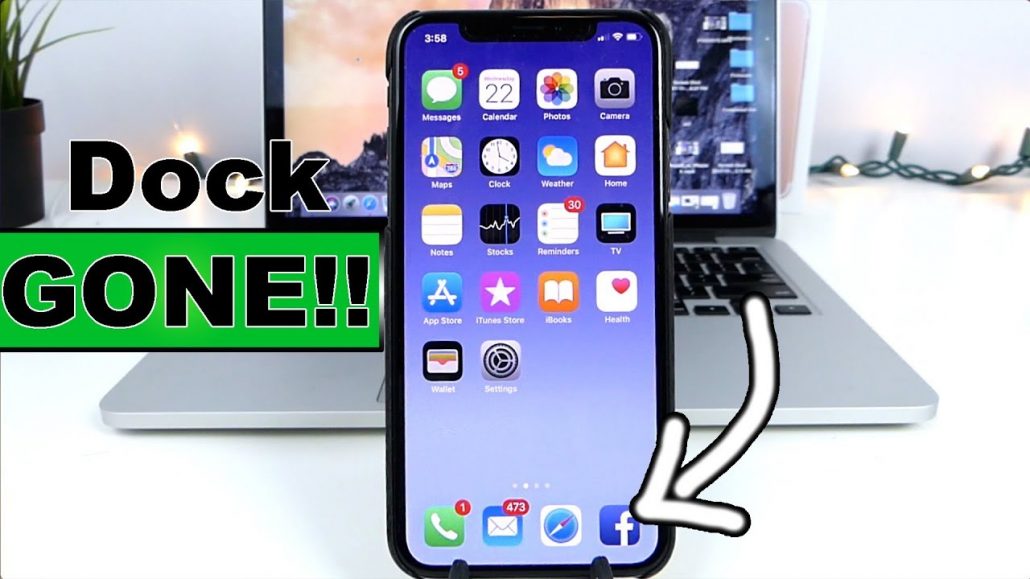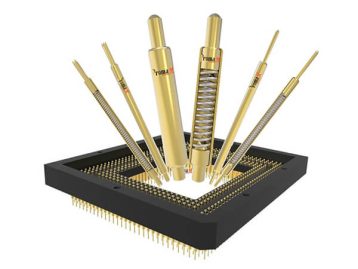Apple’s iPhone and iPad devices are popular for many reasons, one of which is their ease of use. The dock connector is a key component of this ease of use, as it allows users to easily charge their device by connecting it to a computer or power outlet.
However, if the dock connector becomes damaged or dirty, it cannot be easy to use. You can learn how to take the dock connector out and clean it in this blog post.
In Which Electronic Devices Can Dock Connector Be Used?
The iPhone, iPad, and iPod are among the Apple devices that most frequently use the dock connector. However, it can also be used with other devices, such as Android phones and tablets, digital cameras, and portable speakers.
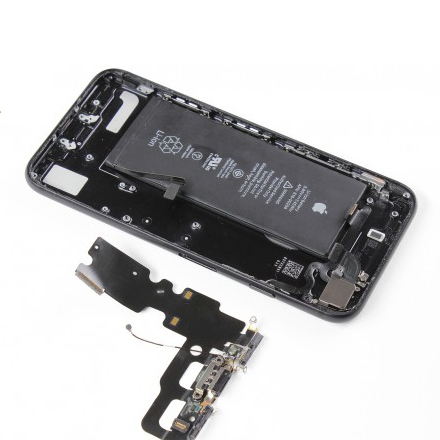
How To Remove The Dock Connector?
- Remove all power sources from the device.
- Find the device’s dock connector. This can be found near the bottom of an iPhone or iPod. The location of this on an iPad is on the side of the tablet.
- The two screws holding the dock connector to the gadget can be taken out with a little Phillips screwdriver.
- Pull on the dock connector to remove it from the device.
- Use a cotton swab or soft cloth to clean the dock connector and the area around it on the device.
- Replace the dock connector and screw it into place.
- Reconnect the device to a power source.
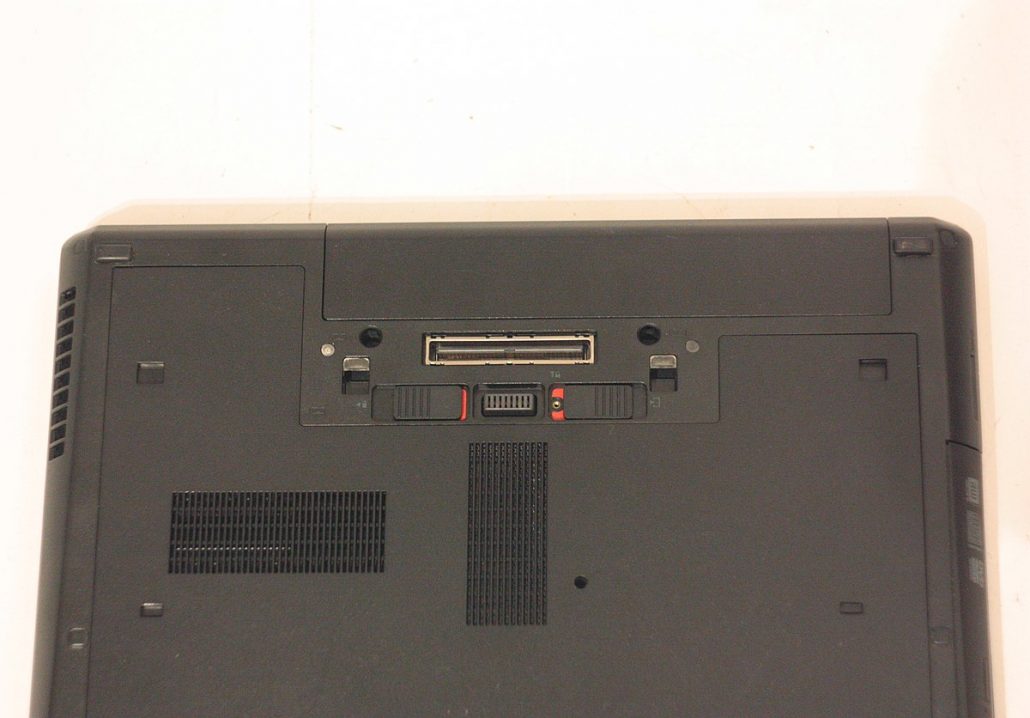
What Are The Types of Apple Dock Connectors?
Apple has used three dock connectors on its devices over the years.
- The original dock connector was used on the first-generation iPod and iPhone. This connector is 30-pin and is no longer used by Apple.
- The second category of connector that is still in use today is the Lightning connector. The iPhone 5 and later models, the iPad (4th generation), the iPad Mini, the iPod (5th generation), and the iPod Nano all make use of this connector (7th generation).
- The third type of connector is the USB-C connector. This connector is used on the MacBook (2015 and later), the MacBook Pro (2016 and later), the iMac Pro, and the Mac Mini (2018).
What Is a Dock Connector On a Laptop?
A port called a dock connection is what connects a laptop to a docking station. A laptop can connect to several peripherals, including a display, keyboard, and mouse, using a docking station.
What Is a Docking Station’s Benefit?
Using a docking station makes it simple to plug a laptop into several accessories. It also allows the laptop to be used with a larger monitor, which can be helpful for work or productivity.
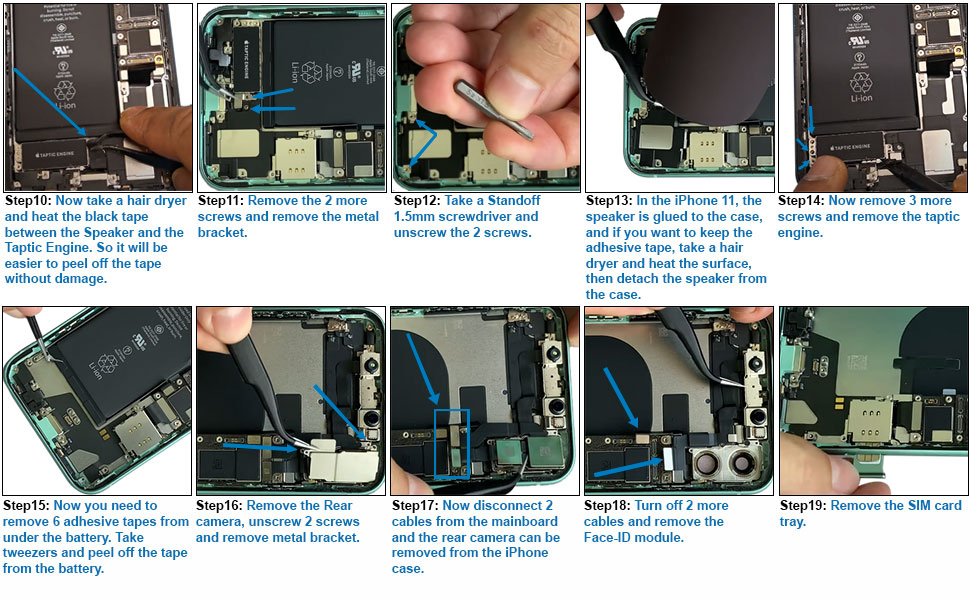
How To Use a Dock Connector?
- Connect the dock connector to the laptop.
- Connect the peripherals to the dock connector.
- Turn on the laptop and peripherals.
- Use the laptop as usual. When you’re done, disconnect the peripherals from the dock connector and then disconnect the dock connector from the laptop.
Is a Docking Station Required For Dual Monitors?
The laptop screen and the external monitor can be used together to create two screens with this system’s single HDMI-Out port. You will want a dock, such as a universal USB port replicator if you want to use two external displays.
How Does The Docking Station Get Power?
The docking station gets power from the laptop through the dock connector. The dock connector is a port that allows the transfer of data and power between the laptop and the docking station.
Can I Use a Dock Connector To Charge My Phone?
Yes, you can use a dock connector to charge your phone. However, not all dock connectors are created equal.
Some dock connectors only support data transfer, while others also support charging. Check the dock connector’s specifications before purchasing it to ensure that it supports charging.
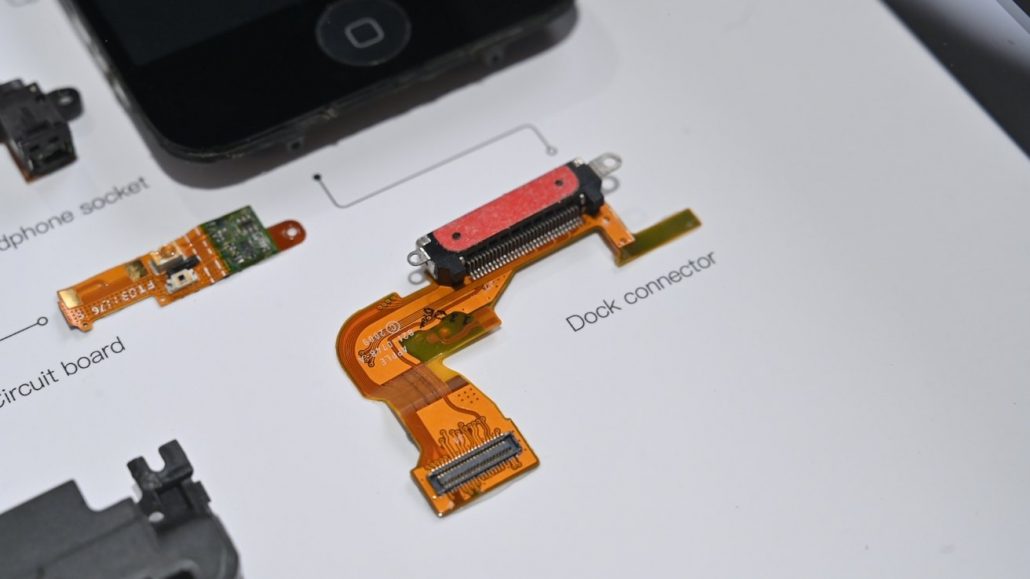
Does a Docking Station Charge a Laptop?
You can utilize USB-C Power Transfer to charge and power your laptop through its USB-C port when the docking station is connected in and operating.
The power adapter needs to be linked to the docking station at all times because it cannot draw power from the host laptop.
What Is The Difference Between a Docking Station and an Adapter?
An adapter is a gadget that enables you to connect two incompatible devices. On the other hand, a docking station is a gadget that enables you to connect many devices to a specific port.
Multiport Adapters are more portable than docking stations, making them great for when you need to make a presentation or attend a meeting while on the go. An HDMI, VGA, or DisplayPort signal can be converted from a USB signal using a variety of adapters.
What Is The Difference Between a Connector and a Cable?
A conductor or collection of conductors is referred to as a cable to transport power or communications signals from one location to another. A flexible glass, plastic fiber, or metal, such as copper or aluminum, is used to transfer power or electrical signals.
There are many different types of electronic cabling, and cables are frequently incorporated into devices or made with a specific end-use in mind.Wherever wire lines must be connected or detached, connectors are employed.
Connectors are utilized in numerous pieces of electrical equipment, just like cables. This is because they offer a great deal of versatility.
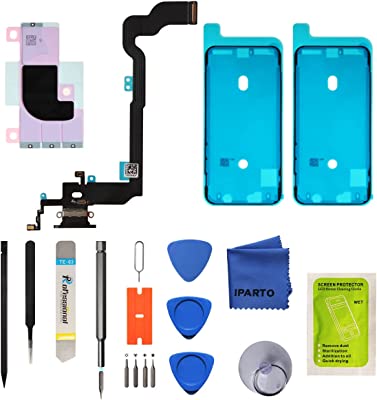
Applications of Dock Connectors
Dock connectors are used in a variety of electronic devices, such as smartphones, tablets, and laptops. They are also used in some digital cameras and portable speakers.
Dock connectors allow the electronic device to be connected to a power source and other peripherals, such as a monitor or keyboard.
Are Terminals And Connectors The Same?
No, terminals and connectors are not the same. A connector is a device used to join two or more wires together, while a terminal is a point where a wire is connected to an external circuit.
Connectors are often used to connect two pieces of electronic equipment, while terminals connect wires to devices.
 Over 15 Years of Expertise
Over 15 Years of Expertise FREE samples provided to ensure product satisfaction
FREE samples provided to ensure product satisfaction Rapid Turnaround: Mass Production Complete in 15 - 20 Days
Rapid Turnaround: Mass Production Complete in 15 - 20 Days
